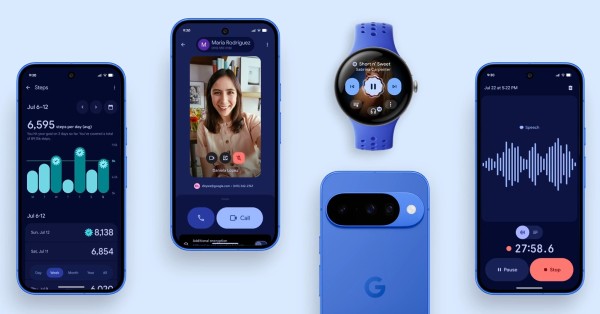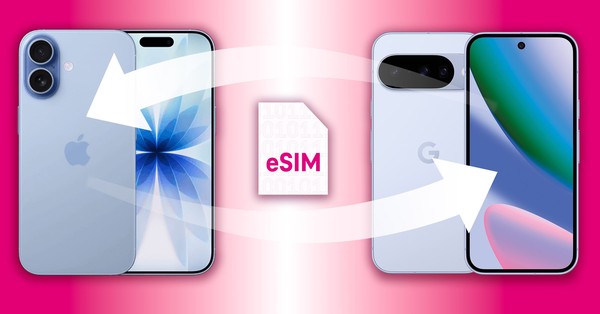Pixel 10 on-device AI redefines smartphone UX
Googles Pixel 10 line pushes more AI execution onto the device, signaling a shift from app-centric workflows to agent-driven assistance that enterprises and telecoms should prepare to operationalize.
AI stack: proactive assistance, camera, and calling
Pixel 10 introduces Magic Cue, a context-aware assistant that reads what youre doing across apps and suggests the next actioncalling an airline, adding a calendar entry, or surfacing a reservation addresswithout forcing a switch between apps. Suggestions appear inline and in Daily Hub, Googles personalized digest. Its a practical step toward agentic UX, where the phone synthesizes context and orchestrates tasks for the user.
Gemini Live expands beyond voice mode with an audio model that detects tone and modulates responses, while Visual Overlays lets the assistant see through the camera and highlight what matters on-screen. Together, these features make assistance multimodal: text, voice, and vision working against the same context graph.
Google is also leaning on AI to upskill users behind the lens. Camera Coach offers framing and composition guidance, Auto Best Take analyzes rapid-fire shots to pick or synthesize the optimal group photo, and Ask Photos enables natural-language edits like reframing, lighting tweaks, and object removal. On Pro models, AI-boosted zoom targets scenarios like architecture and wildlife where detail and stabilization matter.
On-device call translation and media provenance
Voice Translate performs real-time, bi-directional translation for calls in multiple languages while preserving speakers voices. If it proves reliable, this is a high-impact capability for global teams, field services, and travel-intensive rolesreducing friction in sales, support, and operations. In parallel, Pixel 10 is the first phone line to implement C2PA content credentials for photos, adding cryptographic provenance to indicate when and how images were edited, which helps enterprises manage misinformation risk and audit AI-assisted outputs.
Rethinking productivity and after-call work
Take a Message auto-transcribes missed or declined calls and proposes follow-ups, while Call Notes and Pixel Journal bring AI prompts and insights into daily capture. Writing tools in Gboard, updates to Pixel Studio screenshots, and Notebook LM tie-ins extend lightweight AI help into common workflows without jumping into heavyweight apps.
Tensor G5: custom silicon for on-device AI
These experiences ride Googles Tensor G5, which runs the latest Gemini Nano model locally. Local inference cuts latency, keeps sensitive context on device, and reduces dependency on the cloudkey for regulated industries and for performance in spotty coverage. It also positions Google to selectively blend on-device, edge, and cloud inference when tasks exceed local constraints.
Impact on telecom and enterprise IT
The Pixel 10 signals a near-term pivot to agentic, on-device AI that will reshape traffic patterns, integration priorities, and compliance controls.
Data gravity shifts to the endpoint
With Gemini Nano operating locally, more inference happens at the device, trimming round trips to the cloud and smoothing user experience under variable 4G/5G conditions. For operators, this shifts some AI load off the core but increases the value of low-latency uplinks and deterministic QoS when devices escalate to edge or cloud for larger models. Expect hybrid inference patterns: light context on-device, heavy planning/ranking at the MEC, and specialized models in the cloud.
From apps to agents: integrate via intents and APIs
Magic Cues inline actions hint at an operating model where AI agents act through app intents and deep links rather than user taps. Enterprises should expose task-level APIs and structured intents across communications, calendar, CRM, travel, and expense systems. Telcos can align this with GSMA Open Gateway-style network APIs, enabling agents to invoke carrier-grade capabilities (quality tiers, number verification, fraud checks) programmatically.
Communications, translation, and compliance requirements
Voice Translate compresses language barriers inside the phone app. That pressures CPaaS and contact center stacks to support real-time translation, speaker separation, and consent signaling across jurisdictions. Enterprises need updated policies for recording and translation, opt-in UX, and retention. For cross-border teams, on-device translation reduces exposure to data transfer constraints, but legal review is still required.
Operationalizing content authenticity
C2PA adoption at the device layer helps brands, media houses, and public-sector agencies trace edits and certify originals. Enterprises should pilot ingestion of content credentials in DAM and CMS pipelines and flag unverifiable assets. As generative edits become routine, provenance will be a procurement criterion for devices and tooling.
Competitive landscape: Google’s AI edge and market timing
Google is using Pixel as a reference design for agent-first smartphones while larger vendors calibrate their timelines.
Apple, Samsung, and near-term market reality
Apples deeper Siri upgrades reportedly slip to 2026, leaving near-term openings for Google to demonstrate agentic UX at scale. Samsung already leans on Gemini for cross-app actions on Galaxy devices, reinforcing the Android ecosystems head start in on-device agents. Yet Pixels hardware share remains smallaround the low single digits globally per industry trackersso Googles influence will flow through Android and Gemini integrations as much as through Pixel unit volumes.
Standards and device features to watch in Android
Expect Android-wide ripple effects: RCS-based messaging contexts, broader Gemini Live access, and Qi2-aligned magnetic wireless charging for accessory ecosystems. C2PA will spread beyond photos to video and audio. Enterprises should monitor Android policy controls for on-device models and how MDM/EMM platforms expose toggles for features like Magic Cue and Visual Overlays.
What leaders should do now about on-device AI
The shift to on-device and agentic AI is actionable today; set guardrails and pilots before scale arrives.
Actions for telecom operators
Model hybrid inference blueprints that combine device, MEC, and cloud; expose network APIs for agent-driven sessions; and benchmark latency and jitter under real agent workloads. Build enterprise offers around multilingual calling, fraud/spam mitigation, and provenance-enabled media pipelines.
Actions for enterprise IT and security
Update mobile policies to govern proactive assistants, screen understanding, and on-device transcription; require C2PA support for corporate capture; and enforce consent and data retention for translated calls. Prioritize intent-level integrations for top workflows (travel changes, meeting scheduling, customer follow-ups).
Actions for app and platform owners
Instrument deep links and intents so agents can execute tasks end-to-end, not just open screens. Optimize flows for on-device inference budgets and graceful escalation to cloud. Add content credential verification in upload and review steps to maintain trust in AI-edited media.
Bottom line: Pixel 10 is less about one device and more about the architectural directionagent-first, privacy-preserving, and hybrid inferencethat will define the next smartphone cycle and the services built on top of it.







































